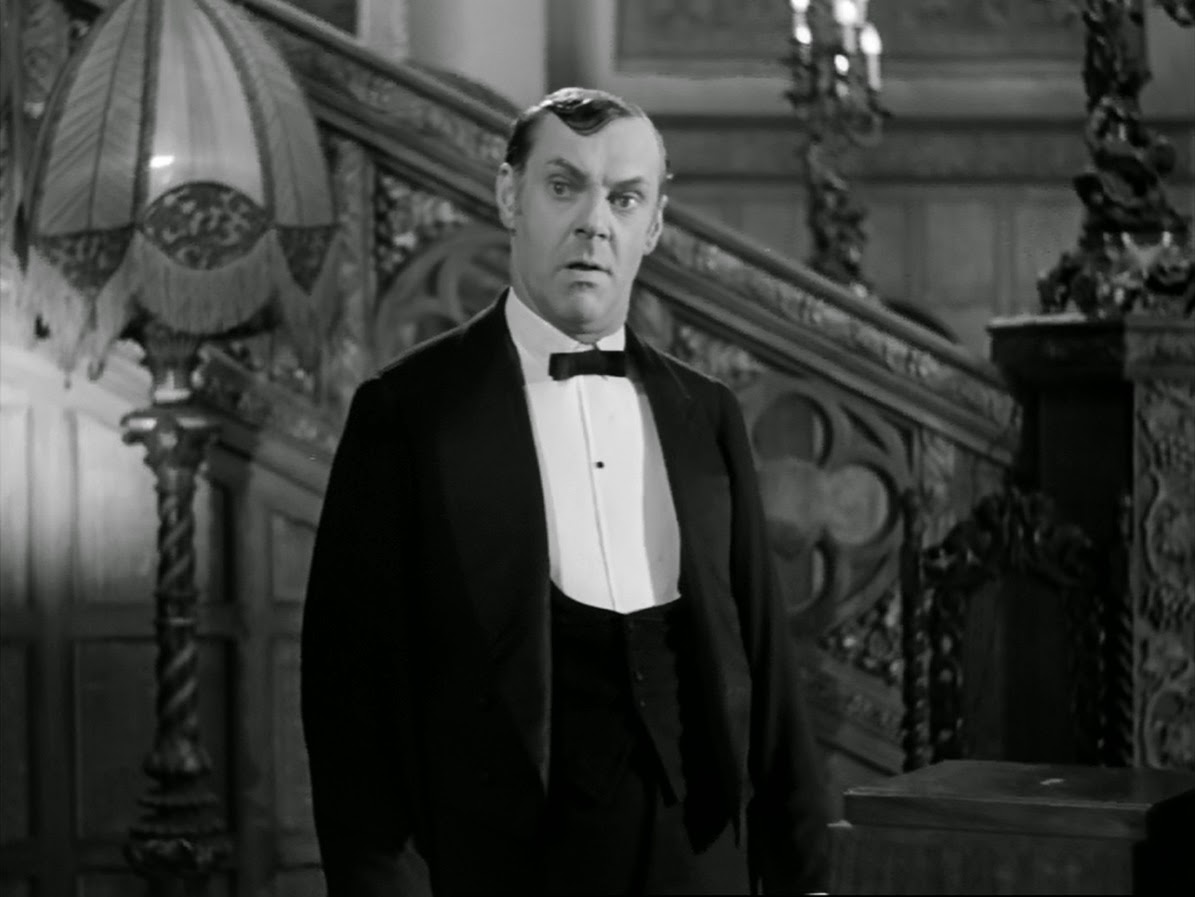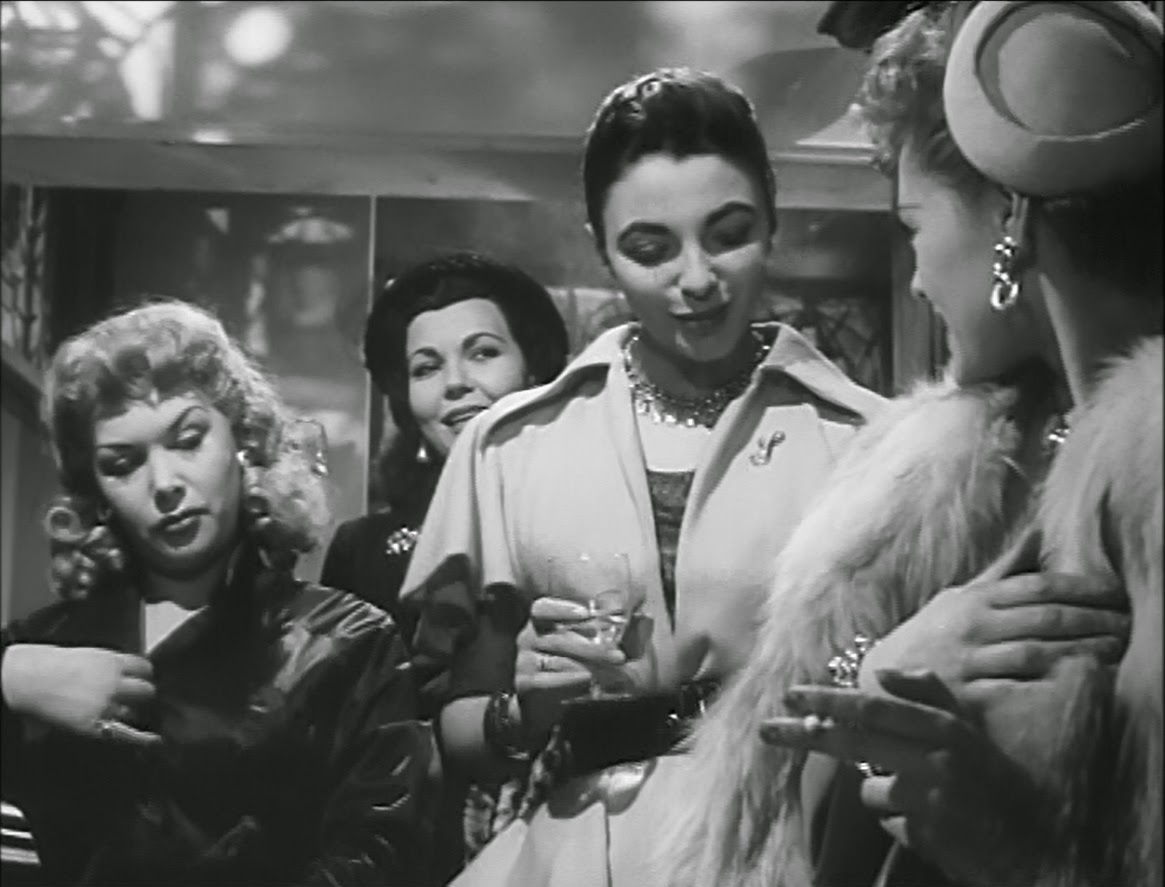Turn the Key Softly (1953)
"London: The biggest city in the world and it's all yours."
 |
| Joan Collins, Yvonne Mitchell & Kathleen Harrison |
As a dedicated viewer of old British films - living in a house with someone who has piles of DVDs waiting to be watched - we operate a list system: three lists meaning that when you have spare time to watch a film you can choose from which ever list has the most suitable film for the time of day and how you are feeling. You aren't going to watch a horror film at 1pm on a lazy Sunday, nor are you going to put on Waterloo at 10pm on a Monday. So when I asked my daughter what we had to choose from she ran through the list already knowing my reply: "You think I'm going to choose And Quiet Flows the Don, or an esoteric German psychological thriller, when I could be watching Joan Collins in a women's prison?"
This is one of those competent little British films that is most likely to be remembered for the appearance of a young Joan Collins as a prostitute serving a prison sentence for soliciting. But it's much more than that. It's a story about the release of three women from Holloway prison and how they cope with their first day of freedom. It reveals the pressures they face to take the easy option and slip back into their old ways, soon to slip back behind bars. It's their choice to make: to fall into the easy life of crime and jail or make a better life for themselves. As the guard tells them as they are released: "London: The biggest city in the world and it's all yours."
Each faces their own temptations and has to reach their own conclusions. Stella (Joan Collins) ...
 |
| Joan Collins |
... has to choose between her former friends on the streets of Piccadilly ...
... or her hardworking fiancée (Glyn Houston) who doesn't care about her past and just wants to settle down with her:
 |
| Glyn Houston |
We know it's going to be hard for Stella - after all she's the type who wears fishnet gloves ...
... a sure sign that she's 'fast'.
Then there's Mrs Quilliam (Kathleen Harrison)...
 |
| Kathleen Harrison |
...a lonely old shoplifter whose family have disowned her and whose only friend is her dog Johnny:
Can she avoid the temptation to steal to liven up her dull life?
Yet they are secondary to the real star of the film. Monica (Yvonne Mitchell) ...
 |
| Yvonne Mitchell |
... is a respectable young woman whose 'stretch' was a result of taking the blame for her boyfriend's crimes. The trouble is, David (Terence Morgan) says he's reformed - that's he's taken a job selling second-hand cars and wants to make amends. He even has her clothes waiting for her in his flat. She's soon back in his bed ...
 |
| Terence Morgan & Yvonne Mitchell |
... but can she avoid being back in his criminal plans? Since selling second-hand cars in 1950s London is his idea of 'going straight', I think it's clear what his intentions are:
 |
| Terence Morgan |
Monica is central to the film: Collins is there to give glamour and Harrison to raise sympathy and give a little light relief with her silly ways and her loyal dog, but it's Mitchell who steals the show. Just as in The Divided Heart she conveys her character's feelings, not through words, but with a look into the distance. Whether she's staring into space ...
 |
| Yvonne Mitchell |
... or enjoying her first cigarette as a free woman ...
 |
| Yvonne Mitchell |
... the audience understands exactly how she's feeling. Her stillness is enough, she allows her eyes to reveal everything about her.
If Turn the Key Softly was remade now, they'd probably cast Keira Knightley as Monica. It would be a bad choice: Mitchell can stare out of the window and we know that she is dreaming of freedom, of rebuilding her life and trying to avoid her dangerous ex-boyfriend. It's all there in her face. When Keira Knightley stares into the distance she looks like she's forgotten her lines.
In some ways Mitchell makes one think of Celia Johnson: both dark, thin and nervous looking. But there's something less uptight about Mitchell and her roles. Johnson always looked like a woman who couldn't have survived a night on the tiles, let alone a year in prison. Mitchell gives off a sense of inner strength, that she may look weak but can withstand anything life throws at her.
In this, Mitchell is the antithesis of Collins who is all about gesture and movement: she needs to put on her lipstick ...
 |
| Joan Collins |
...and tell us how glamorous her life is, in order for us to remember she is supposed to be the object of our lust. Collins doesn't seem able to convey this silently. She has to be doing something in order to catch our eye. Compare her to her contemporary Diana Dors, who only had to stand in shot to catch the viewer's eye. Instead, Collins lacks the sense of sensual elegance that is automatically engaging. Or maybe that's just her giving a very accurate depiction of 1950s brassiness?
Here's who else appears:
Clive Morgan as a businessman who can't offer Monica a job but tells her leeringly to call him "if there's any other way I can help."
Thora Hird as Mrs Quilliam's landlady:
Geoffrey Keen as a sympathetic businessman who offers Monica a job:
Dorothy Alison as Monica's flatmate:
Hilda Fenemore as Mrs Quilliam's daughter:
Russell Waters as an outwardly respectable man whose true colours are shown when he is seen secretly reading the Daily Mirror hidden beneath the Daily Telegraph and who soon finds an excuse to chat up Monica, then spends the rest of the film drunk:
 |
| Yvonne Mitchell & Russell Waters |
It's currently available on
DVD:



























































